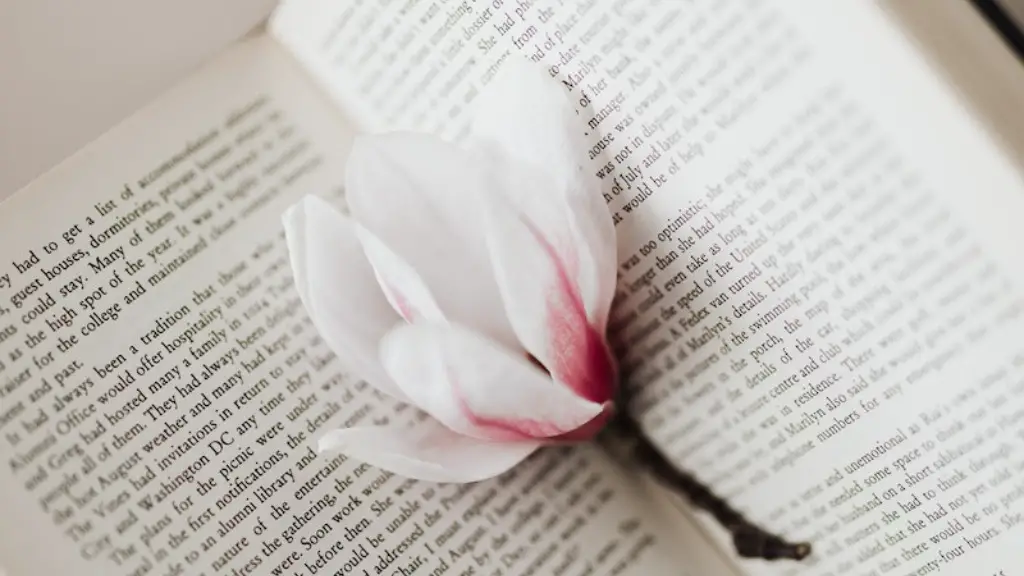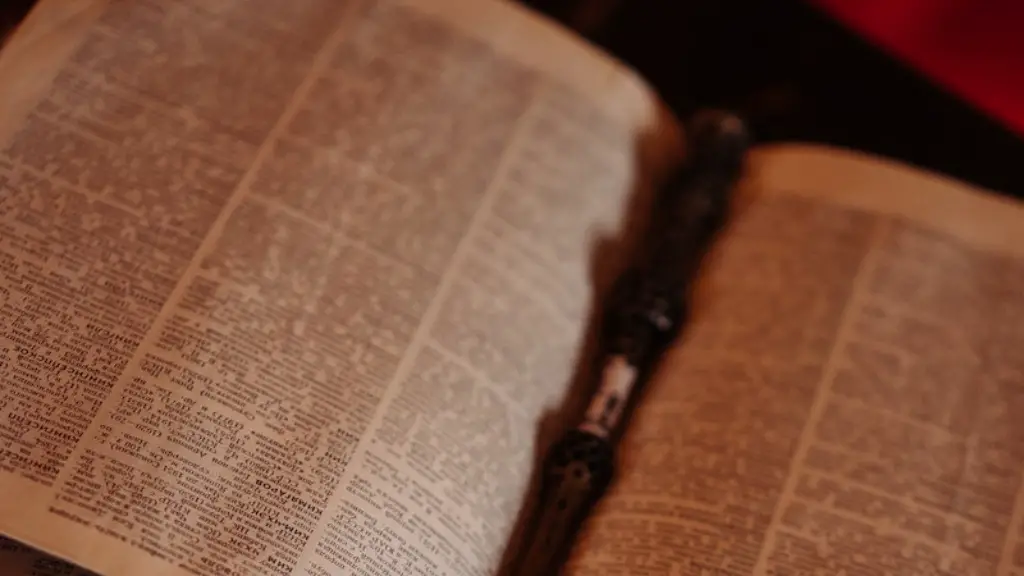What is Imagery in Poetry
Imagery in poetry refers to descriptive language used by a poet to evoke a mental image or sensation in the reader.This is often accomplished by using figurative language such as metaphors, similes, and allusions. Imaginative and creative writing, combined with vivid descriptions, help to create the imagery. By painting a picture in the reader’s mind, poets give readers a more immersive understanding of the poem’s message.
Imagery with Various Literary Devices
Figurative language helps to make the poem more impactful and often stands out to the reader.The most popular examples of figurative language used for imagery in poetry include similes and metaphors. A simile compares two different things using “like” or “as.” For example, Robert Frost in his famous poem “Stopping by Woods on a Snowy Evening” writes:
“the woods are lovely, dark and deep,/But I have promises to keep/And miles to go before I sleep”
Here, the poet compared the woods to something that was dark and deep.In a metaphor, the two things are stated as being one, without using any comparison words. For example, the poet Emily Dickinson wrote in her poem “Hope Is The Thing With Feathers”:
“Hope is the thing with feathers
That perches in the soul”
In this case, the poet compared “hope” to a bird that perches in the soul.The use of allusion is another great way to create imagery in poetry. An allusion is when a writer references a historical event, character, or book.For example, in William Wordsworth’s poem “The Solitary Reaper”, he makes a reference to the ancient Greek myth of Persephone:
“O listen! for the Vale profound
Is overflowing with the sound”
Through this, the poet created the allusion of a soul being in the valley, a popular theme in Greek mythology.
The Purpose of Imagery in Poetry
The purpose of imagery in poetry is two-fold. First, it enables the poet to create physical and emotional images in the reader’s mind, as if they were a part of the poem. This helps the reader to engage more deeply with the poem’s subject matter.Second, imagery can help to convey the poet’s message more effectively and vividly than mere words on the page.
When imagery is used effectively, it can evoke a range of feelings and emotions in the reader. For example, in the poem “The Road Not Taken” by Robert Frost, the poet uses imagery to create a sense of nostalgia and regret:
“I shall be telling this with a sigh
Somewhere ages and ages hence”
The poet’s description of the road being “unalterably unresponsive” helps the reader to understand the feeling of heartache and regret associated with the choice the speaker made.
Descriptive Imagery
In poetry, descriptive imagery can help to create vivid images in the reader’s mind. Through the use of sensory language, the poet can transport the reader to the image or scene being depicted. For example, in the poem “A Poison Tree” by William Blake, the poet paints a vivid picture in the reader’s mind:
“I was angry with my friend
I told my wrath, my wrath did end
I was angry with my foe
I told it not, my wrath did grow”
The poet’s description of his wrath “growing” like a tree, with the “buds” and “leaves” of anger, helps the reader to viscerally understand the emotion the speaker is feeling.
Evoking Strong Visuals
An effective way to create imagery in poetry is to evoke strong visuals in the reader’s mind. This can be done through the use of visual metaphors and similes, as well as descriptive language. For example, in the poem “The Tyger” by William Blake, the poet uses visual imagery to evoke a powerful image in the reader’s mind:
“In what distant deeps or skies
Burnt the fire of thine eyes?
On what wings dare he aspire?
What the hand, dare seize the fire?”
The poet’s description of the “distant deeps” and the “fire of [the tyger’s] eyes” help to create a vivid image in the reader’s mind.
Using Imagery to Convey an Abstract Message
Imagery in poetry can also be used to convey an abstract message or idea. Through the use of visual language, the poet can help the reader to better understand the poem’s theme. For example, in the poem “The New Colossus” by Emma Lazarus, the poet uses imagery to convey the idea of freedom for all:
“Bring me your tired, your poor,
Your huddled masses yearning to breathe free”
The poet’s description of the “huddled masses yearning to breathe free” helps the reader to viscerally comprehend the idea of freedom and equality.
Turning a Common Idea into a Vivid Image
Imagery in poetry can also be used to turn a common idea into a vivid image. For example, in the poem “The Lamb” by William Blake, the poet uses imagery to paint a powerful picture of innocence and purity:
“Little lamb, who made thee
Dost thou know who made thee”
The poet’s description of the lamb as a symbol of innocence and purity helps the reader to understand the deeper meaning of the poem.
Vividly Describing Natural Elements
Imagery in poetry can also be used to vividly describe elements of nature. By using sensory language to evoke images of the natural world, the reader can gain a better understanding of the poem’s subject matter. For example, in the poem “The Wind” by Robert Frost, the poet uses imagery to describe the power of the wind:
“The house-dog on my knee
Has stilled his plaintive plea,
And Looks afar with strange portent
At a distant hillock green”
The poet’s description of the dog looking “afar with strange portent” helps the reader to understand the power and unpredictability of the wind.
Exploring Themes of Love and Loss
Imagery in poetry can also be used to explore themes of love and loss. By using sensory language, the poet can evoke powerful emotions in the reader. For example, in the poem “Bright Star” by John Keats, the poet uses imagery to explore the themes of love, longing, and loss:
“Bright star, would I were stedfast as thou art
Not in lone splendour hung aloft the night,
And watching, with eternal lids apart,
Like nature’s patient, sleepless Eremite”
In this case, the poet’s description of the star as a “sleepless Eremite” helps to evoke a sense of longing for a lost love.
Exploring Memories
Imagery in poetry can also be used to explore memories and moments. By using sensory language, the poet can evoke a range of emotions in the reader. For example, in the poem “The Road Not Taken” by Robert Frost, the poet uses imagery to explore the consequences of decisions made in life:
“Two roads diverged in a wood, and I—
I took the one less traveled by,
And that has made all the difference”
The poet’s description of the diverging roads helps the reader to understand the speaker’s nostalgia for the one not chosen.
Exploring Darker Concepts
Imagery in poetry can also be used to explore darker concepts and ideas. By using strong emotional language and vivid descriptions, the poet can transport the reader to a dark and sometimes disturbing world. For example, in the poem “The Raven” by Edgar Allen Poe, the poet uses imagery to explore the themes of death and despair:
“Ah, distinctly I remember it was in the bleak December
And each separate dying ember wrought its ghost upon the floor”
The poet’s description of the dying embers helps to create a vivid image of despair and loneliness in the reader’s mind.


